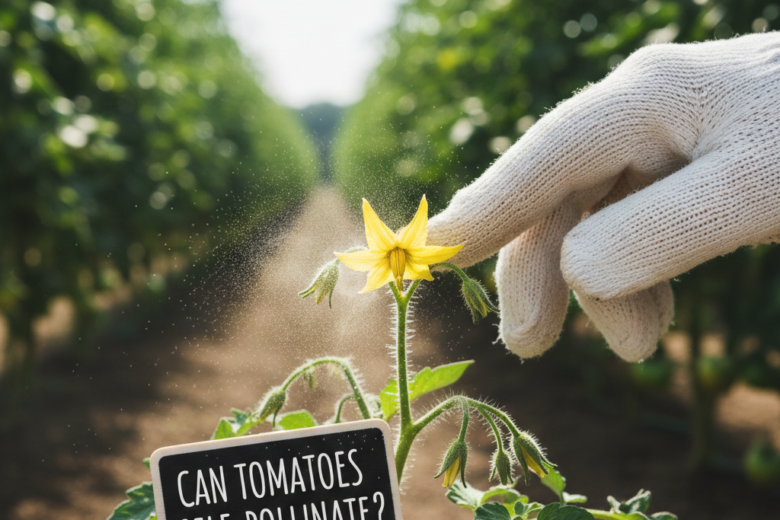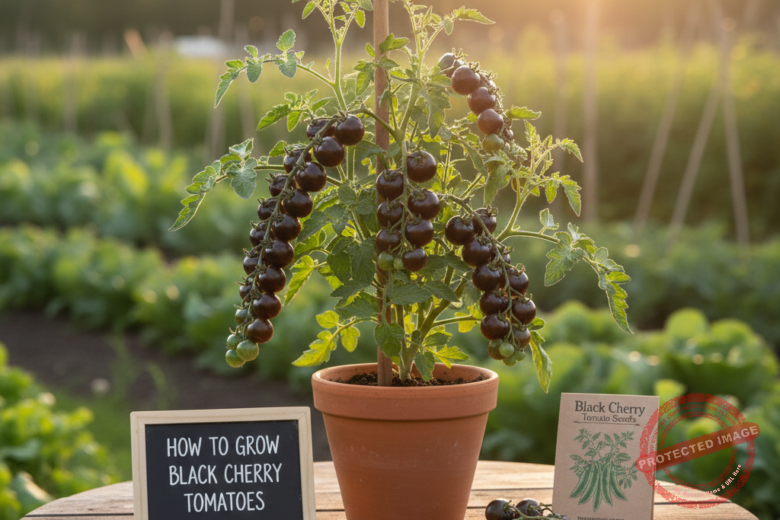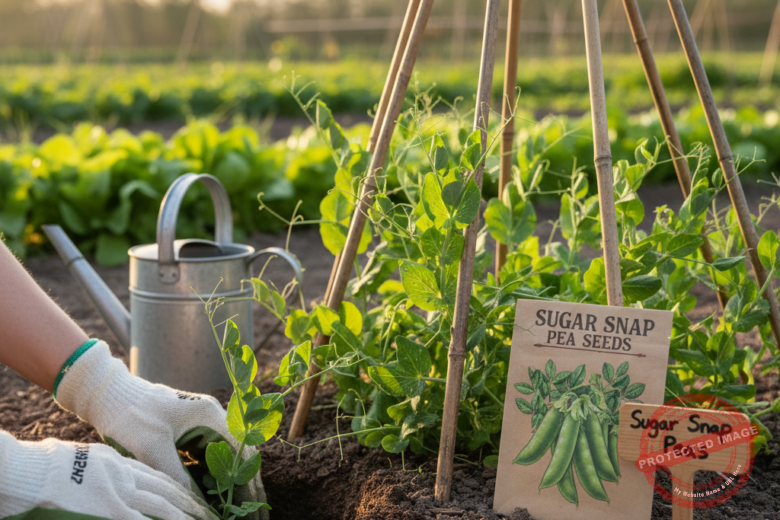Pumpkins and barns are two quintessential symbols of rural life and farming heritage. Preserving pumpkins is an essential skill for farmers and gardeners alike, ensuring a bountiful harvest lasts well beyond the fall season. Whether for culinary uses, livestock feed, or decorative purposes, knowing how to properly preserve pumpkins can make a significant difference in maximizing their utility. Alongside pumpkin preservation, maintaining and sprucing up old barns is crucial for the aesthetic and functional aspects of a farm. These barns, often storied with history, require care and renovation to continue serving their purpose efficiently.
Pivot Farm stands at the intersection of modern farming techniques and traditional practices, offering innovative solutions for both pumpkin preservation and barn maintenance. Their approach integrates sustainable methods with practical advice, helping farmers enhance their productivity while honoring the legacy of their farming structures. With a focus on sustainability and efficiency, Pivot Farm provides resources and expertise that cater to the unique needs of today’s farmers.
In this comprehensive guide, we will delve into the best practices for preserving pumpkins and sprucing up old barns with the help of Pivot Farm. From selecting the right preservation methods to tackling barn renovations, we will explore various strategies that ensure both your pumpkins and barns remain in optimal condition. Whether you are a seasoned farmer or a newcomer to agriculture, these insights will equip you with the knowledge to maintain and enhance your farm’s resources effectively.
Preserving Pumpkins: Techniques and Tips
Selecting the Right Pumpkins for Preservation
Choosing the right pumpkins is the first step in successful preservation. Opt for pumpkins that are fully mature with a hard rind and vibrant color. The stem should be intact and firm, as this indicates the pumpkin was harvested correctly. Avoid pumpkins with soft spots, cracks, or signs of rot, as these are more prone to spoilage. Smaller varieties like sugar pumpkins are often better for culinary uses, while larger pumpkins can be ideal for decorative purposes or livestock feed.
Cleaning and Curing Pumpkins
Before storing pumpkins, it is crucial to clean and cure them properly. Gently wash the pumpkins with a mild bleach solution (one part bleach to ten parts water) to remove dirt and kill any surface bacteria. Dry them thoroughly and place them in a warm, dry area with good air circulation for about 10-14 days. This curing process helps harden the skin, reducing the risk of rot and extending their shelf life.
Storage Methods for Long-Term Preservation
Once cured, pumpkins can be stored in a cool, dry place with temperatures between 50-60°F (10-15°C) and relative humidity of 50-70%. Avoid stacking pumpkins, as this can cause bruising and lead to decay. Instead, place them in a single layer on wooden shelves or pallets, ensuring there is enough space for air circulation. Check regularly for any signs of spoilage and remove affected pumpkins immediately to prevent the spread of rot.
Alternative Preservation Techniques
In addition to traditional storage, there are several alternative methods to preserve pumpkins. Freezing, canning, and dehydrating are effective ways to extend the usability of your pumpkin harvest. For freezing, cut the pumpkin into chunks, blanch them briefly in boiling water, then freeze them in airtight containers. Canning requires more precise methods to ensure food safety, while dehydrating involves slicing the pumpkin thinly and drying it in a dehydrator or low-temperature oven.
Sprucing Up Old Barns: Practical Tips and Techniques
Assessing the Condition of Your Barn
Before embarking on any renovation project, it is essential to thoroughly assess the current condition of your barn. Look for structural issues such as foundation cracks, roof leaks, and compromised beams. Inspect for signs of pest infestation, water damage, and decay. This initial assessment will help you prioritize repairs and develop a comprehensive renovation plan. Pivot Farm offers expert consultation services to help farmers identify and address these issues efficiently.
Repairing Structural Damages
Structural repairs are a critical aspect of barn renovation. Address any foundation problems by reinforcing or replacing damaged sections. Roof repairs may involve replacing old shingles, fixing leaks, and improving drainage systems. Strengthen beams and supports to ensure the barn’s stability. Using high-quality materials and following proper construction practices will ensure the longevity of these repairs. Pivot Farm provides resources and guidance on sourcing sustainable materials and implementing effective repair techniques.
Enhancing Barn Functionality and Aesthetics
Beyond structural repairs, consider enhancing the functionality and aesthetics of your barn. Upgrading doors and windows can improve ventilation and natural light, making the barn more comfortable for both livestock and storage. Adding insulation can help regulate temperature, protecting stored items and animals from extreme weather conditions. A fresh coat of paint or stain can revitalize the barn’s appearance, while landscaping around the barn can enhance its overall appeal.
Incorporating Modern Farming Technology
Integrating modern technology into your barn can significantly improve its efficiency and usability. Installing automated feeding and watering systems can streamline livestock care, while climate control systems can maintain optimal conditions for storage and animal welfare. Renewable energy solutions like solar panels can reduce energy costs and promote sustainability. Pivot Farm specializes in incorporating these technologies into traditional barns, ensuring they meet contemporary farming needs while preserving their historical value.
Conclusion
Preserving pumpkins and sprucing up old barns are essential tasks that contribute to the overall productivity and aesthetic appeal of a farm. By selecting the right pumpkins for preservation, cleaning and curing them properly, and using appropriate storage methods, farmers can ensure a prolonged shelf life and maximize their utility. Alternative preservation techniques like freezing, canning, and dehydrating offer additional options for extending the usability of pumpkin harvests.
Sprucing up old barns involves a comprehensive approach, starting with assessing the barn’s condition and addressing structural damages. Enhancing the barn’s functionality and aesthetics through upgrades, repairs, and modern technology integration can significantly improve its efficiency and usability. Pivot Farm provides valuable resources and expertise to help farmers successfully renovate their barns, combining traditional practices with innovative solutions.
By following the best practices outlined in this guide, farmers can maintain and enhance their farm’s resources effectively. Whether preserving pumpkins for culinary use or revitalizing old barns for better functionality, these strategies will ensure that your farm remains productive, sustainable, and visually appealing. With the support of Pivot Farm, farmers can achieve these goals while honoring the legacy and history of their farming structures.



